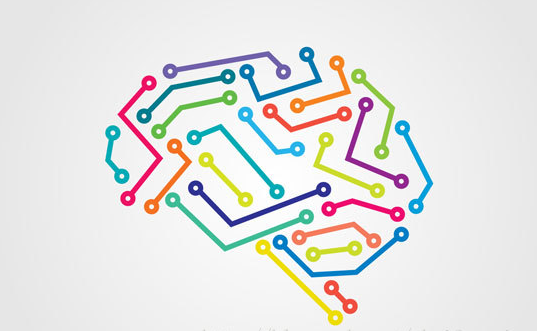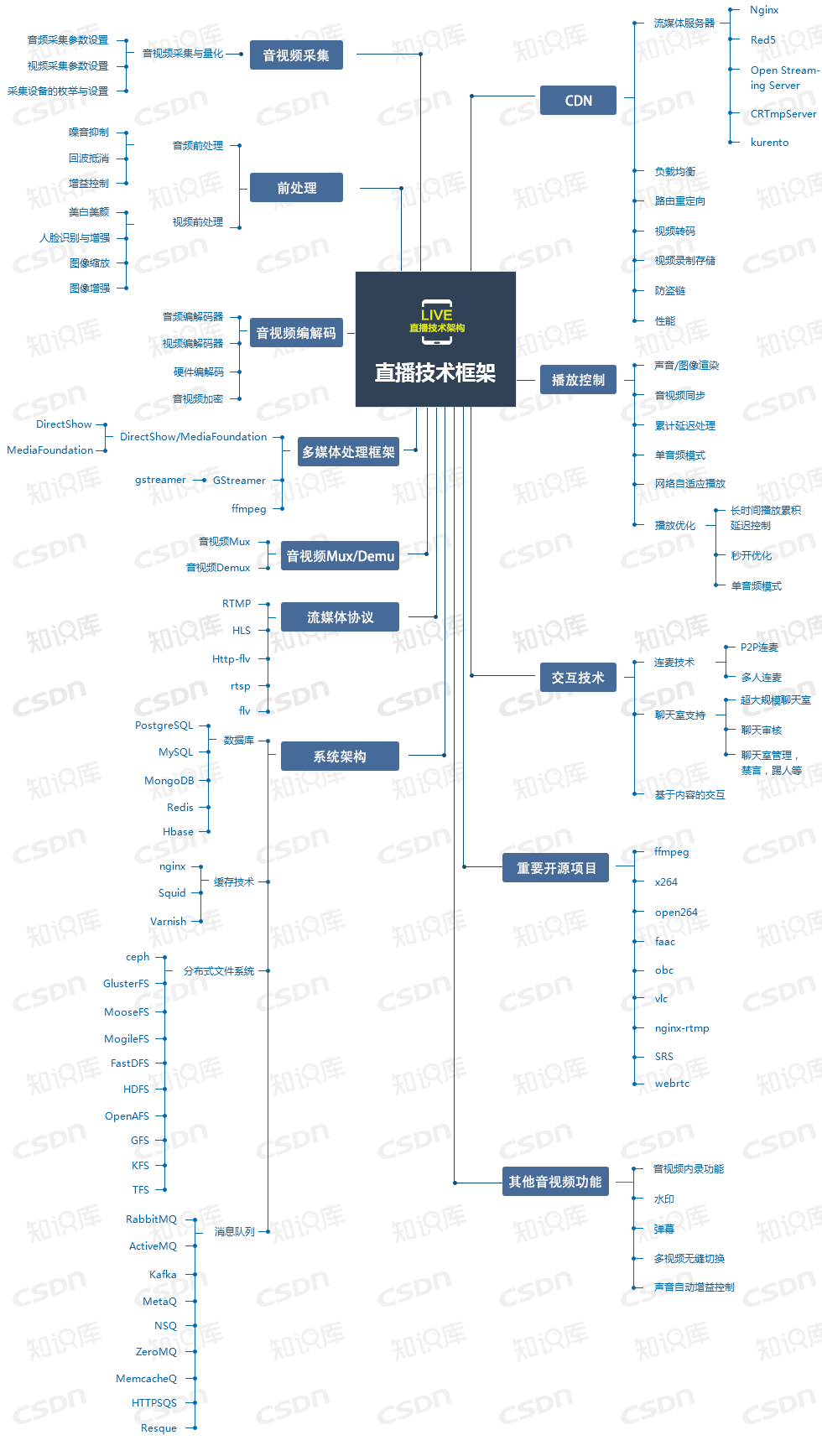2016 has passed, but I don’t miss it at all, because the technology trends in 2017 are even more attractive. Looking back at the development of the industry in the past year, the technology trends in 2017 are beginning to take shape. Let us sort out the technology directions worthy of attention in 2017.
Artificial Intelligence and Machine Learning
Just after New Year's Day, AlphaGo swept the top players in the Go world with a record of 60 wins, 0 losses and 1 draw. . For a while, the exclamation "AI will replace humans" sounded again. In fact, this kind of pessimistic thinking is really unnecessary. Artificial intelligence will help our lives become more convenient and easier in the future. In the future, an AI may be a super App that can help us solve a similar life problem.
Now many giants are deploying in the field of AI. Needless to say, Google has made extensive attempts in the field of artificial intelligence. In addition to AlphaGo, it also includes autonomous driving, voice assistants, smart homes, etc. Facebook has acquired eight robotics companies and one machine learning company and is using artificial intelligence technology in many new businesses. IBM's $1 billion Watson project includes capabilities such as speech, language understanding, image recognition, and emotion analysis. It has already begun cooperation with some automotive companies and medical institutions. In China, Xiaomi CEO Lei Jun also announced at the recent annual meeting that artificial intelligence will be a key development area in 2017.
When it comes to artificial intelligence, machine learning cannot be separated. Deep learning, a popular topic in machine learning, has been applied in areas such as face recognition, image recognition, speech recognition, natural language understanding NLP technology, big data mining technology, and driverless technology. Open AI research scientist Durk Kingma predicts that DNN, backpropagation, and SGD will remain the main technologies in the next three years.

WeChat Development
##The new year of 2017 has begun, and the mini program that has been in preparation for a year is officially The release caused quite an earthquake in the industry. In the WeChat public class held on December 28, Zhang Xiaolong announced that the WeChat mini program was scheduled to be launched on January 9, 2017. Zhang Xiaolong has made it very clear that the entrance to these mini programs in the future will not be on WeChat. , WeChat is a "tool" and should be decentralized. He believes that the real world is the entrance to small programs, such as the QR code for ticket booking advertisements in subway stations. Scan it on WeChat and a small program will appear to quickly realize what users want to do. What Zhang Xiaolong wants to build is a In the AR world, convenient features such as the "at your fingertips" concept that requires no installation and use, and multiple access methods can foresee a huge market for third-party mini programs, and WeChat has also become a platform to connect PaaS and SaaS.

Live broadcast technology
Live broadcast was as popular last year as it was before Two years of VR. However, the competition points faced by the two are also very similar. Live broadcast technology, which was initially limited to game live broadcasts and chats, has also taken root in pan-entertainment, education, VR and other fields. Live broadcast has gradually evolved from an independent product to a standard feature in products in various fields.
VR live streaming is also a very popular application scenario. At the end of the year, Faye Wong's concert supported online live broadcast + VR live broadcast, which was the first in China to do so. In the United States, NextVR, which received $60 million in Series B financing in 2016, has begun live broadcasting NBA games and the U.S. Democratic presidential candidate debate. On the other hand, educational live broadcasting has been put on the agenda of various schools due to the domestic haze problem, and many students attend classes through online live broadcasts at home. Let’s just say it was the right time. In the field of education, several live broadcast technology service providers have been working hard for many years, ensuring the quality of live broadcasts through self-built CDNs, and continuously improving the interactive experience through functions such as teaching whiteboards and courseware sharing. Currently, many educational institutions that support live classes have adopted their services.

Live broadcast may seem to have similar effects, but the problems that need to be solved in different fields are different. According to the live broadcast technology knowledge base compiled by specially invited experts and users, live broadcast in the field of education technically requires a stable content distribution network and expanded functions that fit the educational scenario; live broadcast of games has high requirements on the network, and more importantly Solve the codec problem. In addition, there are some live broadcast products that need to have functions such as seamless switching of multiple videos and multi-person microphone connection. In addition, there are many technical points worthy of attention, such as basic streaming protocols, open source projects, system architecture, CDN, interactive technology, etc.

##Big Data
“Data is Value and data guide the future." This is already everyone's consensus in the field of big data. The power behind data is reflected in data-driven refined operations, and concepts and methodologies such as data-driven Growth Hacking are becoming more and more popular in China. Companies engaged in data mainly fall into two camps: data technology as the core, providing customized solutions for enterprises, such as data analysis, cloud SaaS business, etc.; focusing on database and data warehousing business, using hardware and traditional IT infrastructure The advantages impact the field of big data, such as data center construction, data storage and computing business, etc.

Microservices
As a specific software application design method, microservice architecture is recognized by the industry as the main construction method of Internet applications in the cloud computing era. A suite solution in which large software is split into multiple independent deployable services, where each service has its own process and uses a lightweight mechanism (usually an HTTP source API) to communicate. "Simplicity is the last word" is also the reason why microservices can become popular. was first practiced by companies such as Netflix and Amazon. Because of its high elasticity, flexibility and huge improvement in efficiency, it quickly attracted the attention of architects and technical decision-makers in various fields, becoming the most watched in the IT field in 2016 One of the technological trends. In the past year, various industries have gradually applied the design concept of microservices to core systems, which has also triggered more discussions about the contributions and conflicts of microservices in improving system efficiency and meeting business needs.Virtual Reality
Compared with the market’s hype about the “VR wave” in early 2016, people’s treatment of VR in the second half of last year was different. "Calm down" a lot. The first reason is because the performance requirements of PCs are too high and there is less VR development. If you want to play VR games, buy a new computer with gt1080 first! According to a data report released by Superdata, although the sales of major VR equipment manufacturers in 2016 did not meet the expectations at the beginning of the year, the overall trend was still growing. In terms of content, the top 100 VR contents on Steam have accumulated 7.5 million UF users. The most popular one is "The Lab" with 440,000 users. According to Goldman Sachs report analysis:
At the Oculus Connect conference last October, Oculus chief scientist Michael Abrash said that in the future, single-eye 4K, 140-degree FOV, foveated rendering technology, and spatial sound effects will be achieved. and more natural control interactions. At this year's CES, both Intel and Qualcomm made VR solutions one of the focuses of their exhibitions. In terms of content development, not only companies including Oculus, Sony, and HTC are constantly optimizing SDKs, but Unity and Ureal are also making corresponding optimizations for VR.
Blockchain
Blockchain is a version of Bitcoin The important concept is essentially a decentralized database and serves as the underlying technology of Bitcoin. The blockchain is a series of data blocks generated using cryptographic methods. Each data block contains information about a Bitcoin network transaction and is used to verify the validity of the information (anti-counterfeiting) and generate the next block.
In 2016, the concept of FinTech became more and more popular, and blockchain was the hottest topic among them, with policy support, capital enthusiasm, and giants shouting. Capital map data shows that two years ago, blockchain was the sector with the highest financing in U.S. venture capital, exceeding 1 billion yuan. Investment banks and financial giants have gradually embraced it from the initial wait-and-see attitude, and began to try to implement it; Internet giants such as BAT have also deployed financial technology, increased investment in technical teams, and expanded financial technology capabilities in order to further expand their business territories.
In 2016, the Ministry of Industry and Information Technology released the "White Paper on China's Blockchain Technology and Application Development", and the "13th Five-Year Plan for National Informatization" issued by the State Council specifically mentioned the national layout priorities. Blockchain is also among them, but at present, general technical standards in the field of blockchain have not yet been established, and this aspect will be gradually improved in 2017.

Embedded Development
The above mentioned many hot trends in the industry, such as artificial intelligence, virtual reality, and live broadcast. In addition to the support of software technology, these popular industries are also inseparable from the blessing of hardware technology. Embedded development may not sound as cool as VR, live streaming, autonomous driving, and drones, but without the embedded engineers behind them, these are just words on paper.
In 2017 we will see more hardware development tools and software package support provided by major manufacturers. What we can already see is the Limda compilation environment of DeltaOS, Vxworks provides the Tonado development environment, and Windows CE also promotes Embedded VC++.

At the same time, due to the rise of smart devices and networked devices, embedded design begins to consider networking and informatization more. Embedded processors began to add some functional interfaces. The new generation of embedded processors has begun to have built-in network interfaces. In addition to supporting TCP/IP protocol, some also support IEEE1394, USB, CAN, Bluetooth, etc.
Agile development
Agile is based on the evolution of user needs and uses an iterative and step-by-step approach to software development and management. It is a new model created to address the shortcomings of the traditional waterfall development model, with the goal of improving productivity and responsiveness. Agile has become a popular term in the field of software development in the past year, and it is regarded as the way to win in software development. When the R&D team develops to a certain stage, more and more teams are seeking to use agile development models to implement R&D management, thereby achieving the goals of efficient iteration, ensuring high-quality software products, and ultimately achieving greater benefits for the enterprise.

In 2016, there were more and more discussions about continuous integration, DevOps, test-driven development, etc., and many Internet giant companies set up agile coaches and Scrum Masters in their R&D teams. Due to their intuitive and easy-to-use features, Scrum and Kanban have gradually become two trends in software development management.
PHP Chinese website headline article: http://www.php.cn/toutiao-348664.html




